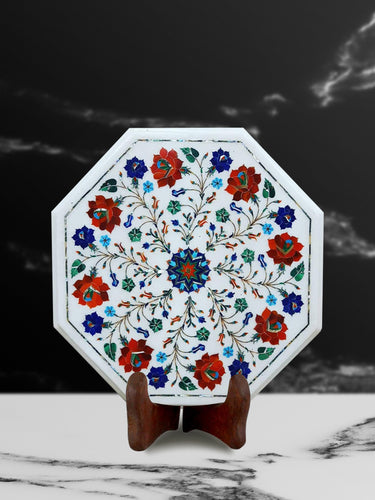 Marble Inlay
Showing items 1-3 of 3.
Marble Inlay
Showing items 1-3 of 3.













